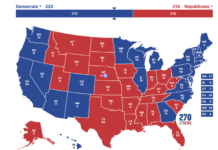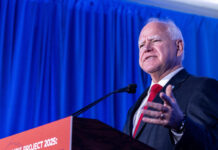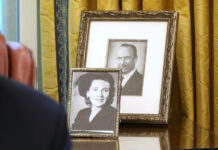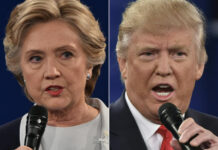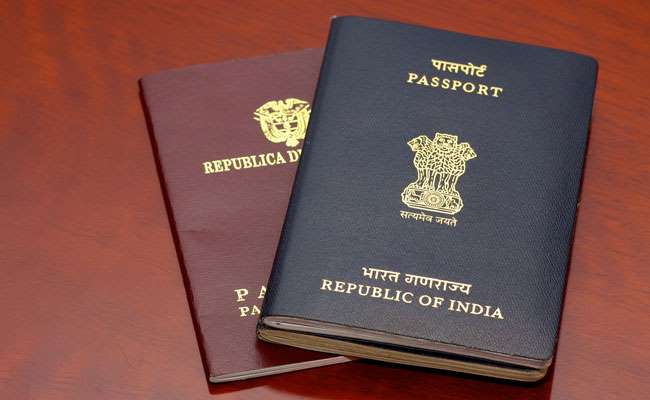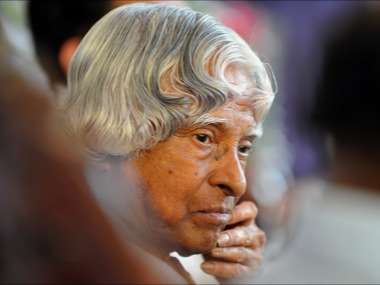January 4, 2016
WASHINGTON — Clint Murphy let the deadline for getting health insurance by the New Year pass without a second thought.
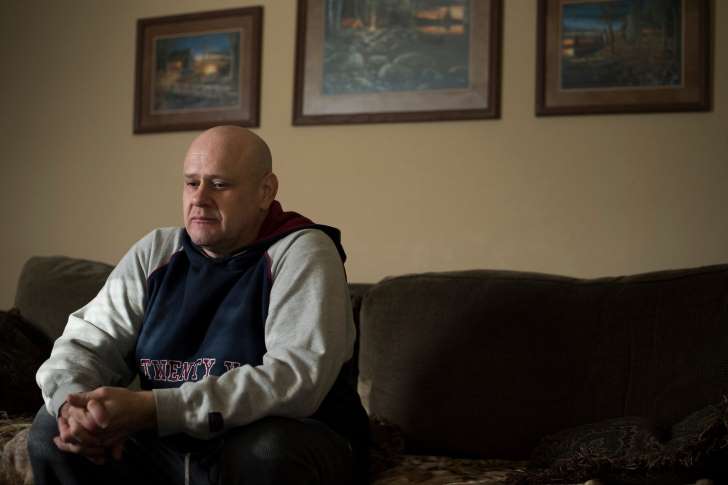
Clint Murphy, an engineer in Sulphur Springs, Tex., estimated that he would owe a penalty of $1,800 for going uninsured this year, compared with paying $2,900 or more for health coverage.
January 4, 2016
WASHINGTON — Clint Murphy let the deadline for getting health insurance by the New Year pass without a second thought.

Clint Murphy, an engineer in Sulphur Springs, Tex., estimated that he would owe a penalty of $1,800 for going uninsured this year, compared with paying $2,900 or more for health coverage.
Mr. Murphy, an engineer in Sulphur Springs, Tex., estimates that under the Affordable Care Act, he will face a penalty of $1,800 for going uninsured in 2016. But in his view, paying that penalty is worth it if he can avoid buying an insurance policy that costs $2,900 or more. All he has to do is stay healthy.
“I don’t see the logic behind that, and I’m just not going to do it,” said Mr. Murphy, 45, who became uninsured in April after leaving a job with health benefits to pursue contract work. “The fine is still going to be cheaper.”
Two years after the Affordable Care Act began requiring most Americans to have health insurance, 10.5 million who are eligible to buy coverage through the law’s new insurance exchanges were still uninsured this fall, according to the Obama administration.
That number appears to be shrinking: Administration officials said last month that about 2.5 million new customers had bought insurance through HealthCare.gov, the federal exchange serving 38 states, since open enrollment began on Nov. 1. The number of new enrollees is 29 percent higher than last year at this time, suggesting that the threat of a larger penalty may be motivating more people to get covered.
But plenty of healthy holdouts remain, and their resistance helps explain why insurers are worried about the financial viability of the exchanges over time. They say they sorely need more healthy customers to balance out the costs of covering the sicker, older people who have flocked to exchange plans.
People, like Mr. Murphy, who earn too much to qualify for federal subsidies that defray the cost of coverage may be most likely to opt out. A recent analysis by the Kaiser Family Foundation found that more than seven million people who are eligible for exchange coverage would pay less in penalties than for the least expensive insurance available to them. More than half would not qualify for subsidies, the analysis found.
Ben Wakana, a spokesman for the Department of Health and Human Services, said people would still be better off buying insurance.
“We understand some people may be thinking through their choice of coverage, but going without health insurance is a serious gamble that can be catastrophic if wrong,” Mr. Wakana said.
Many holdouts have made their decisions after meticulously comparing the cost of insurance premiums and deductibles with paying for doctor appointments, lab tests and prescriptions themselves. For some healthy people, the combined cost of premiums and deductibles, which can exceed $10,000, makes the penalty seem a better deal.
For 2016 and beyond, the penalty will be $695 per adult or 2.5 percent of household income, up from $325 per adult or 2 percent of household income last year.
Susan Reardon, 61, of Kalamazoo, Mich., said she was leaning toward going uninsured this year. She calculated that she would have to spend more than $12,000, including premiums of nearly $500 a month and a $6,850 deductible, to get anything beyond preventive benefits from the cheapest exchange plan available to her.
Ms. Reardon, whose husband is old enough to be covered by Medicare, said she would rather pay out of pocket for the drugs she takes for fibromyalgia and the handful of doctor appointments she tends to need each year.
If something catastrophic happens, she said, “I feel like it’s better just to die.”
As for the tax penalty, which could approach $1,500 for her?
“Come and get me,” Ms. Reardon said.
In 2014, the first year the law was in effect, about 7.5 million Americans paid a penalty for going without insurance, at an average of $200, according to preliminary data from the Internal Revenue Service. An additional 12 million received exemptions, most because they were poor enough to have the penalty waived. People are exempt from the penalty if the least expensive plan available to them through the online exchanges costs more than about 8 percent of their household income.
The Kaiser analysis found the average penalty would be $661 per household for going uninsured in 2015 and $969 for 2016. For most people, the penalty comes out of their tax refund.
Mr. Murphy’s problem with the exchange plans is not affordability, he said. He could pay the $243 a month that the cheapest available plan would cost, and even the $6,750 annual deductible. It is more that he dislikes his options: all health maintenance organizations that do not allow customers to go out of their networks except in emergencies.
As for insurance policies sold outside the exchange, he did not explore them because, he said, “I just don’t see the point.”
“I’m just going on the hope that nothing bad is going to show up until I get a full-time position somewhere or there’s better choices,” he said.
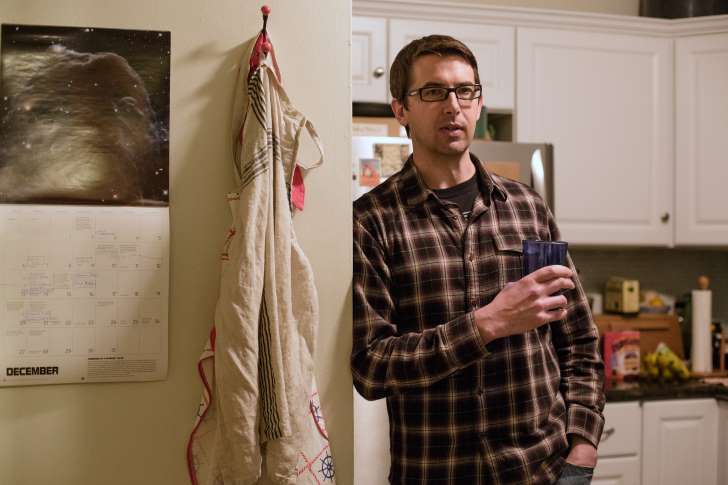
Tim Fescoe, a visual effects artist in Culver City, Calif., dropped his health plan, in part because it seemed too bare-boned.
For Tim Fescoe, a visual effects artist in Culver City, Calif., the problem with his health plan was that it seemed too bare-boned. That plan from Covered California, his state exchange, cost $455 a month for himself and his wife in 2014. But they dropped the plan, which had a $6,000 deductible for each spouse, and went uninsured last year.
“It literally covered zero medical expenses,” Mr. Fescoe said.
They are re-enrolling his wife, Wendy, 26, who may try to have a baby soon. But Mr. Fescoe, 37, said he was happier paying for doctors and drugs out of pocket than dealing with an insurance company.
“It would work better if everyone signed up,” he acknowledged. “But you’re asking a bunch of people to basically just give money into the system when they have an option not to.”
Some holdouts described going to great lengths to ensure that their gamble of not buying insurance paid off.
“I live very, very scarily carefully,” said Alexandra Mitchell, 53, a paralegal in Dallas who said she had been uninsured for six years because she found her options unaffordable. She swims daily to stay in good shape. “I leave my house; I go to work; I go to the pool; I go home.”
Rachel Kulus, 46, opts to keep antibiotics in her medicine cabinet rather than buy health insurance through the California exchange.
“I do not believe it serves the public good to entrench private insurance programs that put actual care out of reach for those they purport to serve,” she said.
Ms. Kulus, who works for a small marketing firm outside San Diego, paid about $300 a month for an exchange plan. But when she injured her back and wanted physical therapy, she was offended to learn she would have to pay for it in full because of her plan’s $6,000 deductible.
“I just went on YouTube and tried to figure it out on my own,” she said. She added that her auto insurance included personal injury protection, so “anything catastrophic will hopefully happen in the car.”
Ms. Kulus estimates that she will pay a penalty of $750 for flouting the individual mandate last year, and $950 in 2016.
“I know I’m not alone in this,” she said.
Courtesy: NY Times







